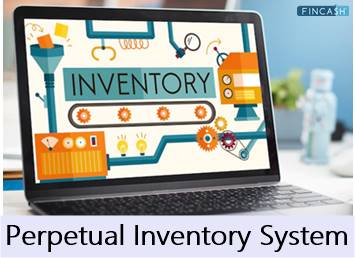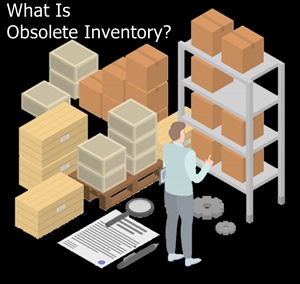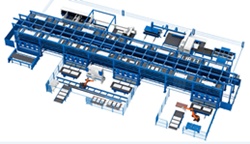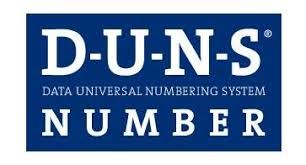
Table of Contents
What is the Perpetual Inventory System?
Perpetual inventory is a continuous Accounting approach that, by continually documenting inventory changes, accurately represents the actual stock in the book inventory. The number of items on hand is precisely reflected by perpetual inventory, which offers a highly detailed picture of inventory fluctuations together with timely reporting of the amount of inventory in stock.

A perpetual inventory system uses an automated inventory management system to track when merchandise is received or sold in real-time. It notes inventory changes at the time of the transaction. A periodic inventory system, through which a business keeps track of its inventory by routine physical counts, is distinct from a perpetual inventory system.
Pros and Cons of Perpetual Inventory System
The perpetual inventory method, just like other corporate management strategies, comes with both benefits and drawbacks. Depending on the organisation's offerings, infrastructure, scale, and capabilities, advantages and disadvantages can be figured out. Here are some of them:
Pros
For many reasons, perpetual inventory is the preferred form of inventory management, particularly for businesses with high-volume inventories. Some of the considerable advantages of this system include:
- A complete database is produced via continuous data collection, enhancing firms' ability to forecast future circumstances
- You can evaluate stock discrepancies more effectively and adequately if you have a steady supply of transactional data
- By deploying a perpetual inventory system, the overall cost of inventory management is significantly reduced
- All transaction data is continuously recorded, resulting in a living database that all stakeholders can access immediately
Cons
The perpetual inventory system is not an exception to the rule that no one method works for all inventory management scenarios. Below mentioned are a few cons that should be considered when choosing this system:
- Any item that malfunctions, spoils, or becomes unsaleable are included in the inventory. Perpetual inventory systems are at a disadvantage unless there is a real physical count to update the data in the system about the broken item.
- Even if computers are less likely to make mistakes than people, it is still conceivable, especially when some procedures require human interaction.
A sizable technical infrastructure, comprising software and hardware tools like warehouse management software, barcode scanners, and Point of Sale (PoS) systems, is needed to implement perpetual inventory systems. This poses two major challenges:
- Setup fees
- Staff training
Talk to our investment specialist
What is the Periodic Inventory System?
Also known as the noncontinuous system, it is a methodology used by businesses to account for their products is the periodic inventory system. A periodic inventory does not maintain a running total of the items, purchases, sales, and related expenditures throughout an accounting period.
Perpetual Inventory Vs. Periodic Inventory
The two primary inventory monitoring techniques that e-commerce companies employ to manage and monitor stored products are:
- Periodic inventory systems
- Perpetual inventory systems
A perpetual inventory system is more sophisticated and prevalently used than a periodic system. Real-time inventory tracking and data centralisation are features of perpetual inventory control systems. Foreseeing sales trends, determining to reorder points, and locating out-of-stock products currently, are all made possible by the system's access to inventory data.
A periodic inventory system is regularly updated by doing a physical count of the stock of items at predetermined intervals and calculating the Cost Of Goods Sold (COGS) using inventory valuation techniques such as:
The end of an accounting period or financial year is when a firm computes current inventory counts and reports on them using a periodic inventory system.
The Bottom Line
Global Industry leaders favour the perpetual inventory system as their preferred accounting technique, but it needs a suitable technology environment. If your business can manage the initial fees, get the right software, and keep the system error-free, it is unquestionably the best way for accounting and inventory management. To be cautious is always a good idea; thus, it is strongly advised to routinely do physical inventory counts and confirm that your data agrees with what the ledgers reflect.
All efforts have been made to ensure the information provided here is accurate. However, no guarantees are made regarding correctness of data. Please verify with scheme information document before making any investment.












